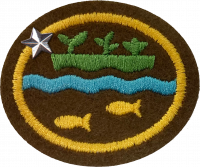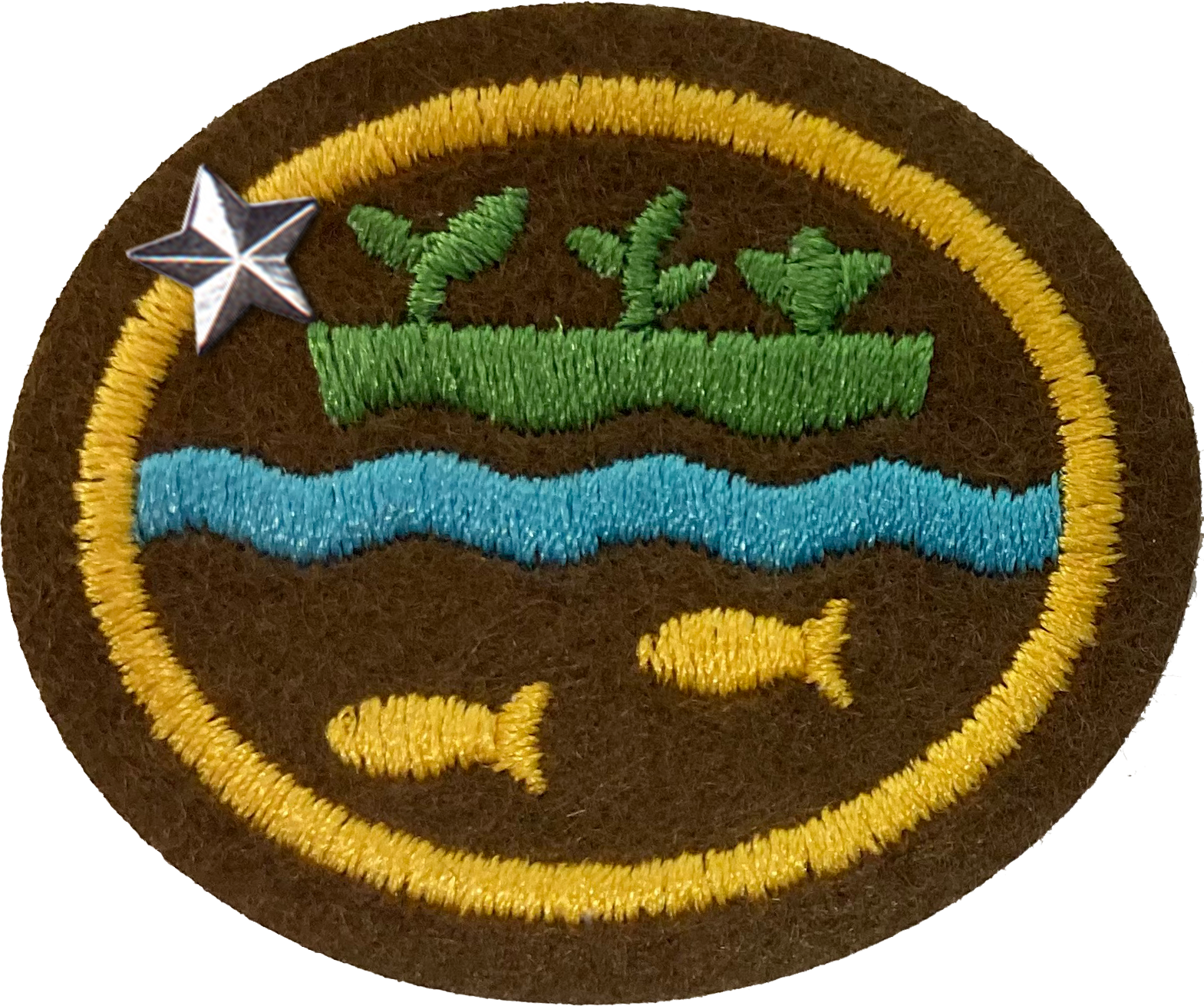Difference between revisions of "AY Honors/Hydroponics and Aquaponics - Advanced/Answer Key/es"
(Created page with "{{clear}}") |
(Updating to match new version of source page) |
||
| Line 118: | Line 118: | ||
<noinclude></noinclude> | <noinclude></noinclude> | ||
| − | ==Referencias== | + | ==Referencias==</noinclude> |
| − | |||
| − | |||
| − | |||
{{CloseHonorPage}} | {{CloseHonorPage}} | ||
Revision as of 17:35, 14 July 2022
Nivel de destreza
2
Año
2021
Version
01.01.2026
Autoridad de aprobación
División Norteamericana
1
2
2a
Trace elements essential for proper plant growth. These include boron, chlorine, nickel, manganese, iron, zinc, copper, and molybdenum among others. Micronutrients are nutrients needed in smaller amounts. They are not necessarily smaller in particle size.
2b
Trace elements essential for proper plant growth. These include carbon, hydrogen, oxygen, nitrogen, phosphorus, potassium, calcium, magnesium, and sulfur. Macronutrients are nutrients needed in larger amounts. They are not necessarily larger in particle size.
2c
One of three forms of nitrogen found in soil, and the one that plants use the most for growth.
2d
Growing aquatic animals (fish, shellfish, etc.) or aquatic plants (plants grown for human food or plants such as algae, often used in biofuels) for human use. While aquaculture most often involves using either or both for food, it also includes the raising of fish, shellfish, and ornamental animals for aquariums, and seaweed for multiple purposes, among agriculture reasons.
3
4
5
6
7
8


